I have a general purpose MLCC capacitor design kit, which consists of capacitors of different values. I took a 2.2 µF (X5R, 16 V, +/- 20 %, -> this one) capacitor out of it and measured its capacitance using an LCR-Meter.
I measured ~1.8 µF at 1 kHz measurement frequency and room temperature.
Next, I heated its pins briefly (a few seconds) using a soldering iron (370 °C).
From now on, the measured capacitance is ~2.4 µF and it stays at this value even when the capacitor has cooled down to room temperature again. In addition, I used a freezer spray to cool it down to negative temperatures, and even now the value remains at ~2.4 µF.
EDIT: I repeated the tests with a 10µF (X5R, 6.3 V, +/- 20%), a 15nF (X7R, 50 V, +/- 10%), a 47nF (X7R, 50 V, +/- 10%) and a 680pF (NP0, 50 V, +/- 5 %) MLCC. With the exception of the NP0 type (which was very close to nominal), their initial values were all well below nominal (10-30% deviation). After a warm-up period of 3 seconds, the value was above (X7R), slightly below (X5R) and next to (NP0) the nominal value.
I also noticed that touching a pin with the hot soldering tip for half a second already increases the value significantly irreversibly (for X5R, X7R).
Is this behavior to be expected and if so, why does it behave this way? Are MLCC capacitance values designed to reach their specified value only after the soldering process?


